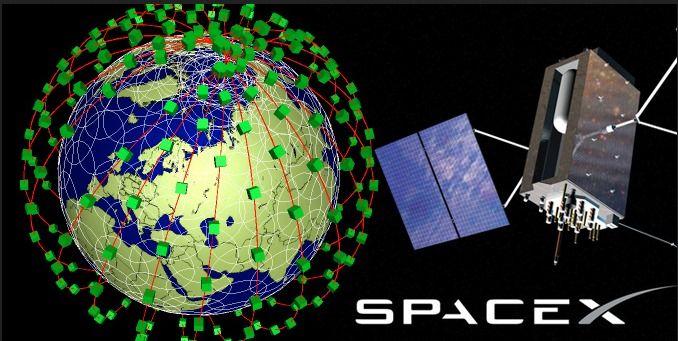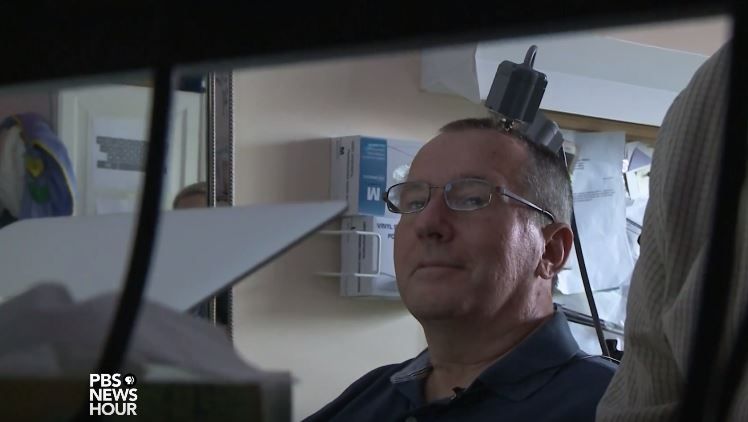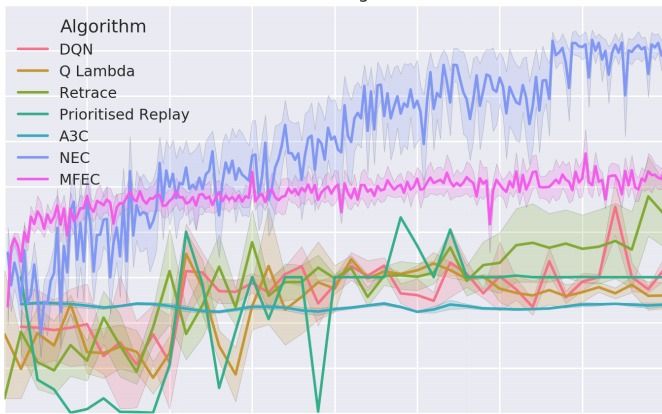Toronto-based eSight Corp. has launched a pair of electronic glasses that allow the legally blind to see. The eSight3 glasses use high-tech image processing to give those who are legally blind the chance to experience what it is like to have 20/20 vision.
Users can control a variety of functions that are important for vision, including magnification, contrast, brightness and focus. Videos projected onto two OLED screens in front of the eyes allow the user to see the different functions in action.
ESight glasses are ideal for a number of conditions, including for people who have optic nerve hypoplasia, ocular albanism, forms of glaucoma and more, according to the company.







